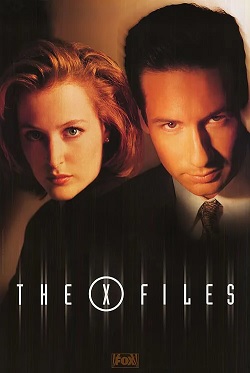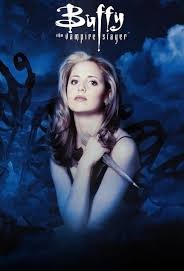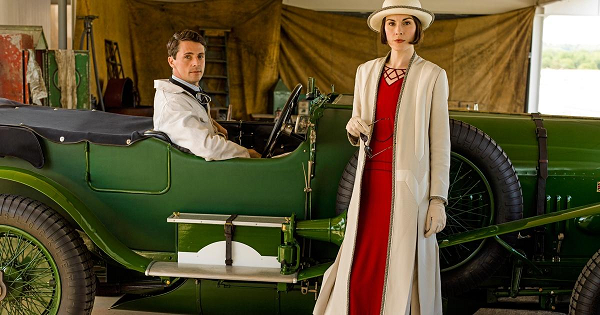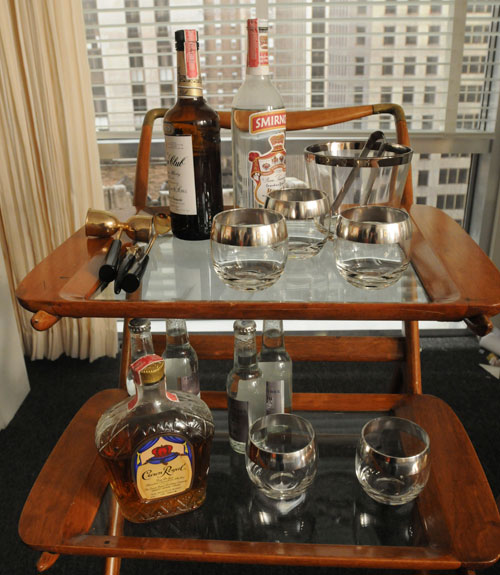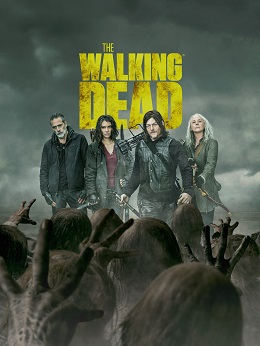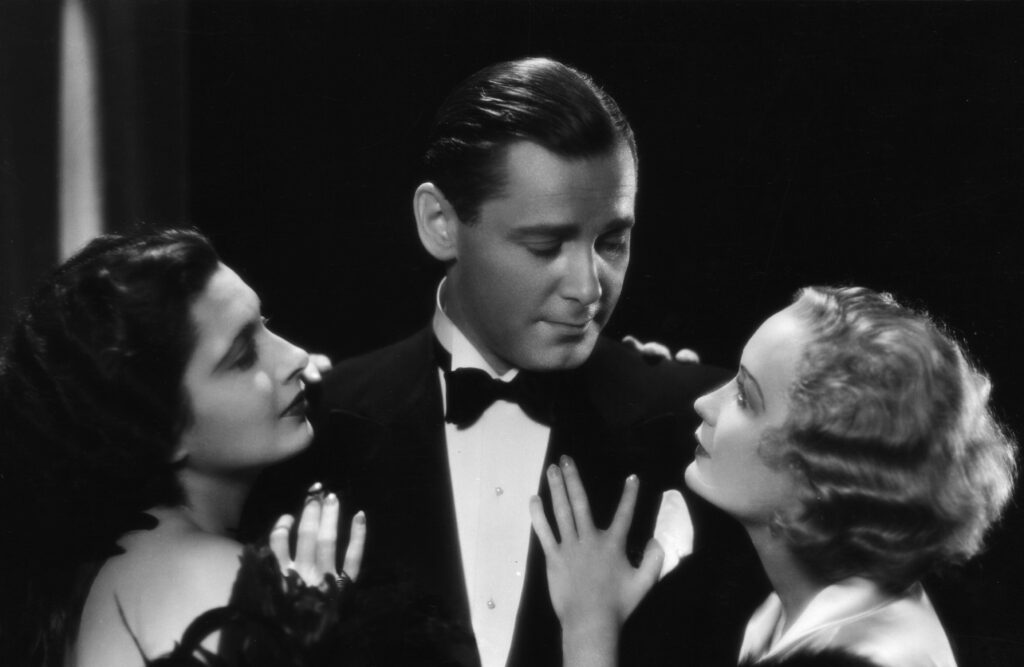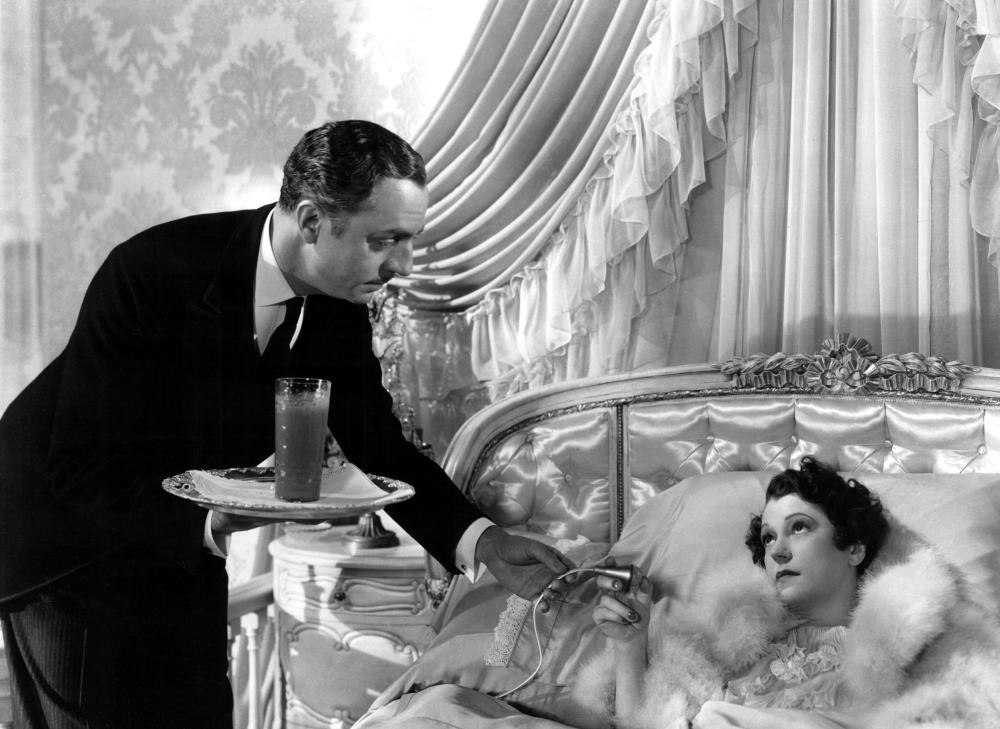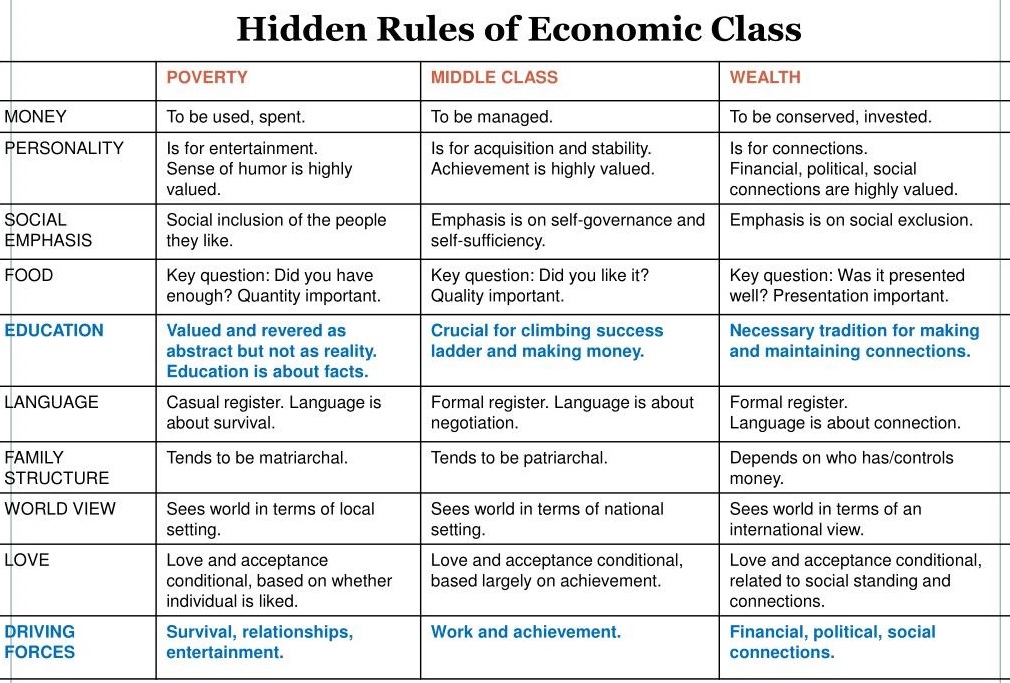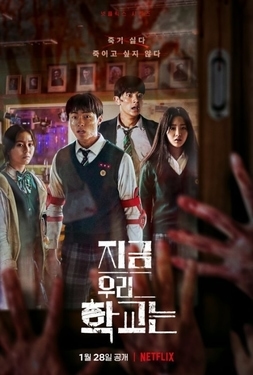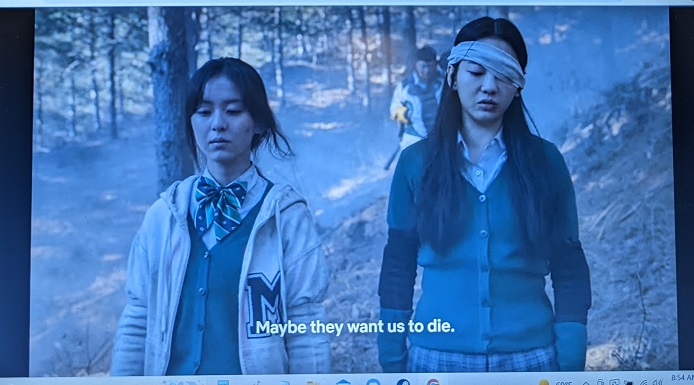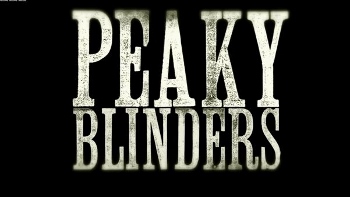Welcome to “Black Mirror”
Or, When Life Imitates Sci-Fi
As a sci-fi fan, it always fascinates me when events in the real world look like something out of a science fiction story. This happens because the authors of science fiction are paying attention to trends and making rational projections about what the future will be like – and sometimes they get it right. They also get it wrong a lot. As I’ve noted in a previous post, sci-fi has been way too optimistisc about one particular trend: the extent of human space exploration. And sci-fi authors in the cyberpunk genre way overestimated how stylish and cool our near-future dystopias would turn out.
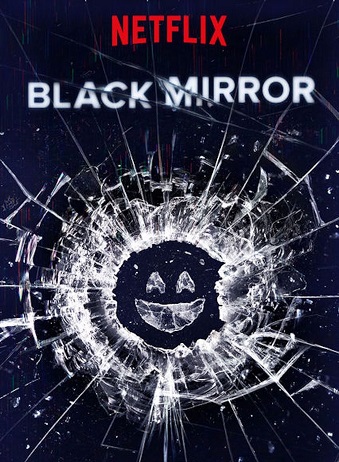
I thought it would be fun not fun to list out some stories from recent and recent-ish sci-fi television and film, and then find examples in real life of their speculations about technology actually coming true. I will start with Black Mirror, the dystopian anthology series from Netflix, and go episode by episode. Black Mirror pretty obviously gets a lot of story ideas from how tech currently intersects with our lives, so it’s not surprising that I found so many examples.
NOTE: I’m including synopses of the episodes which might be spoiler-y.
Black Mirror episodes
S1: E3 The Entire History of You: In the future, everyone has a device in their head that records their experience. A couple quarrels over suspicions of infidelity, and the recording provides the proof. The idea of having a device implanted in your brain or eye that records your life experience was also explored in the 2004 sci-fi film The Final Cut, which I like, if only because it stars Robin Williams. While we are nowhere close to achieving implants that record subjective experience, we do carry around records of our lives with us wherever we go. I’m talking, of course, about the feeds on our smartphones. Our devices pester us with “memories” of what we were doing one, two, or ten years ago, and scrolling through our social media profiles and chat histories reveals a lot about who we are and what we’ve been up to. Show me that phone in your pocket, baby!
S2: E1 Be Right Back: A woman purchases an android replica of her deceased husband, crafted to look just like him, with a personality created by scrubbing his online profile. We certainly don’t have anything like natural-looking humanoid autonomous robots; at best we have utilitarian bipedal bots, and human-like robots that are deep in the uncanny valley. But we do have the ability to digitally recreate people! Deepfake technology, using artificial intelligence, can create passable images, videos, and even audio imitating a specific person. The potential for abuse and fraud is frightening. And AI models can be trained to mimic individuals, just by interviewing them for a couple of hours. So you could clone your loved ones, if only in text conversation form.
S3: E1 Nosedive: A young woman’s social climbing aspirations are thwarted when her social rating plummets in a spiralling series of mishaps. How do you think you would rate on a 5-star scale if everyone around you constantly rated you and the ratings averaged out? Think you would get into the high 4s because of how awesome you are, or get stuck in the mid-3s because you’re basic? You probably wouldn’t act like a jerk all the time and let yourself sink below a 3 – like what happens to the main character in this episode. Luckily, you don’t have to worry about the value of your social rating – unless, that is, you live in China. In China, the government has implemented a social credit system that monitors its citizens, and yeah, your social credit rating affects things like what housing and services you have access to, and where you can travel. Think about that the next time you use an app that hosts its servers there.
S3: E4 San Junipero: A dying woman explores a simulated reality where she can exist after death, in a kind of virtual afterlife. This is actually one my favorite episodes, because of its poignant love story and its 1980s nostalgia. But I don’t have a match for it in real life, because I don’t believe that it’s premise is at all realistic. It is not possible to “transfer” consciousness because consciousness is not a property of the human brain that can be extracted or copied – it is the fundamental ground of reality within which our brains and minds exist. This is a philosophical point which I bring up because so many Black Mirror episodes feature consciousness created by simulation and that is just not a thing. But those episodes are fun, because sci-fi is still fun even when it’s way off the mark. Also, if you like this premise, you might enjoy the show Upload on Amazon Prime Video.
S3: E6 Hated in the Nation: A disgruntled tech guy programs a bunch of miniature robot bugs to fly around and kill targeted people using facial recognition technology. This is a scary one to have come true, and I’m afraid I have to report that it has. The Israeli army has been using artificial intelligence and machine learning to build target lists of Gazans who are deemed likely to be Hamas operatives, and then using those lists to direct their bombing campaigns. The project pre-dates October 7, but it has been used extensively in the current Gazan war. The algorithm is fed all kinds of data, not facial images, and the Israeli strikes aren’t as precise as killer bees, but the carnage is just the same.
S4: E5 Metalhead: A small group of possibly burglars encounters a robot guard dog at a warehouse and are relentlessly hunted down by it. You might have heard of Ukraine’s extensive use of drones in their current defensive war against the Russian invaders. There was actually a battle in which the Ukrainians used exclusively robotic and unmanned equipment, meaning not a single one of their personnel was at risk. This is the future of warfare right here, so you probably won’t have to worry about the draft coming for your boys – so long as you’re not from Russia or North Korea.
Her
Her is a Spike Jonze film from 2013 about a man who develops a relationship with an artificial intelligence, inspired by the AI chat technology that existed then. Now, the ability to have a text conversation with a computer program actually goes way back. A chatbot called ELIZA was created in the 1960s, intended to simulate a therapist, and is famously the first program to be able to attempt the Turing test. In the movie Her, the main character falls in love with the AI, whom we presume by the film’s premise is an actual sentient being. Real life AI chatbots are not sentient; rather, they are computationally intensive algorithms that regurgitate passably human conversation, and may well be able to pass the Turing test. And – here’s the tie-in – you can have one for a girlfriend or a boyfriend if you’d like, thanks to a plethora of sites that offer that as a service. I am not comfortable linking to any of these sites, but a web search will quickly uncover them.
Minority Report
In the 2002 film Minority Report, based on a Philip K. Dick story, a “Precrime” police department uses precognitive psychics to identify crimes just before they happen, then intercedes and arrests the soon-to-be perpetrators before the crimes actually occur. It’s an interesting premise that raises legal and moral questions, which we probably won’t have to deal with since we don’t have reliable psychics to work with in our world. But wait – we do have AI, and wouldn’t you know it, they’re working on using it to predict when crimes could be imminent, based on behavioral and environmental factors. You could also think of this trend as yet another job (security guard) eventually being replaced by AI.
The Peripheral
In this book by cyberpunk pioneer William Gibson, sinister corporate powers from a far future use a kind of time travel to influence a near-future timeline for their own nefarious purposes. The book inspired a TV series that is only kind of faithful to the story, and doesn’t quite capture the enormity of what they are doing (maybe just because it was canceled after one season). When these time meddlers influence the past, they create a branching timeline, and so are unaffected in their own timeline by what they do. They use their advanced knowledge and tech to wreak havoc on the world economy, essentially crashing civilization in an alternate reality just for a small advantage in their own reality. Wait – does that sound anything like what’s going on now with Musk and DOGE? Could he be from another timeline? Yikes! This post for entertainment purposes only.
